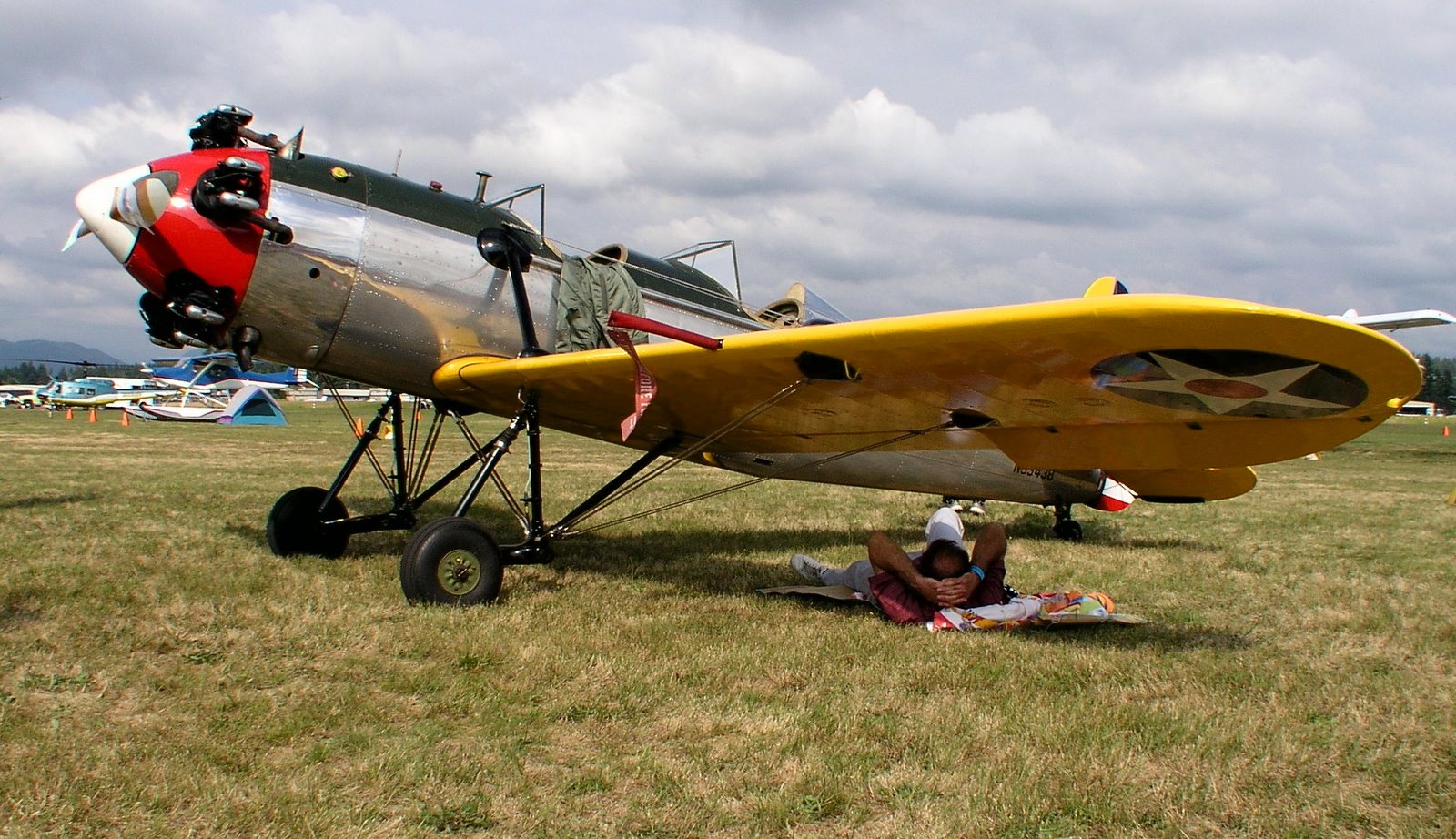Since I was on the subject earlier today. How about taking this short test and seeing how you fared. Go ahead and use your AIM to help you. I will post the answers next week.
Certification and Currency
1. If you hold both a glider and an airplane license, do you need a flight review for each? FAR 61.56
2. If you change your address, you are required to notify the FAA, in writing, within…? FAR 61.60
3. Are you required to log each flight? FAR 61.51
4. In order to carry passengers you must have how many takeoffs and landings within how many days? At night? How many to a full stop? FAR 61.57
Operating rules
1. Who is the final authority for the safe operation of the flight? FAR 91.3
2. Are you ever allowed to deviate from the FAR’s? FAR 91.3
3. You are flying above 12,500 feet but less than 14,000 feet. How long can you legally fly before you must use oxygen? FAR 91.211
4. You’ve had a beer at 2AM. You can legally fly no earlier than? FAR 91.211
5. What documents are required to be in the aircraft?
6. What is the minimum legal altitude for a loop? FAR 91.301
7. What is the “Minimum Safe Altitude”? FAR91.119
Airspace
1. Can a pilot legally fly through a restricted area?
2. Can a pilot legally fly through a MOA Military Operations Area?
3. What is Class D airspace and what are the rules for operating in Class D airspace?
4. What is Class C airspace?
5. What are the rules and dimensions for operating in Class C airspace? Is special equipment required?
6. What are the minimum visibility requirements for operating in Class E airspace above 1200 AGL and below 10,000 MSL?
7. If you get a clearance to climb above 18,000 ft, what do you set in your altimeters kollsman window?
Navigation
1. Explain the difference between variation and deviation.
2. What is the difference between course and heading?
3. Your altitude should clear all of the rocks between Bozeman and Helena, Mt., and there is no wind today. Your current sectional chart shows a true course of 338 degrees, the magnetic variation is 16 degrees east. Your magnetic course will be?
Aerodynamics
1. What is angle of attack?
2. Explain the handling and stall characteristic of an airplane loaded far aft of the Center of Gravity range?
3. How will it handle and stall if loaded forward of the C.G. range?
4. What happens to your stall speed in a turn? Why?
5. Explain maneuvering speed and why it is important.
6. What is the purpose of the rudder in a turn?
7. Why should a pilot constantly maintain the factory recommended approach speed to landing? Choose one.
a. It gives the pilot more time to concentrate.
b. A 15% increase in the landing speed equals a 15% increase in the landing distance.
c. A 10 % increase in the final approach speed over the recommended speed will cause a 20 % increase in the landing distance.
d. So that you will not wear out the brakes trying to stop.
Weather
1. When a fast moving cold front overtakes a warm front, the narrow band of weather formed out ahead of the cold front is called?
2. When flying from a high-pressure area to a low-pressure area, what is the effect on the altimeter?
3. When crossing the Cascade Mountains from west to east, on which side is the greatest amount of icing found? Why?
4. After entering cumulous clouds you decide to climb to get out of some light icing. Is this a good or a bad idea and why?
5. A Boeing 737 reports light to moderate turbulence and a trace of ice on climb out through 10,000 ft east bound from Seattle. You are 8 miles behind him; what can you expect for turbulence and icing in your Piper Commanche?
6. You are considering landing your Cessna 172 (A model) at a high mountain airport on a very hot day. Considering this, you wonder what your Pressure Altitude is at your present indicated altitude of 8500’. What is the easiest way to find this out?
7. You should avoid a thunderstorm by at least ___ miles? What if it is within five mile of or over the airport at the time of your take off or landing?
Subscribe to:
Post Comments (Atom)


No comments:
Post a Comment